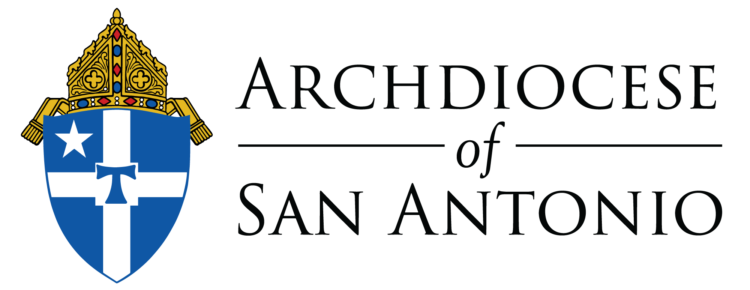History of the Archdiocese
The first recorded Mass in Texas was celebrated on May 16, 1675, during the Bosque de Larrios expedition at a site north of present day Del Rio. In 1718, Fray Antonio de Olivares moved the Mission of San Francisco Solano, located near the Old Presidio of San Juan Bautista, to San Antonio de Padua near the San Pedro Springs. He renamed the mission San Antonio de Valero and this mission later became known as the Alamo.
Later, in 1720, Fray Antonio Margil de Jesus founded the Mission of San Jose y San Miguel de Aguayo a few miles south of Mission San Antonio de Valero. In 1731, the east Texas missions were relocated along the San Antonio River. These included Mission Nuestro Señora de la Purisima Concepcion de Acuña, Mission San Juan Capistrano, Mission San Francisco de la Espada. On May 9, 1731, the cornerstone for the first parish church, San Fernando, was placed and after much effort to raise money, the church was completed in 1749. Around 1793 the church was secularized with the Mission of San Antonio de Valero becoming barracks for Spanish soldiers. The property of the other missions was divided among the Native Americans.
On May 4, 1847, the Diocese of Galveston was created with Odin appointed Bishop which originally spanned more than 104,000 square miles. Bishop Odin successfully restored the former church lands to the Church by an act of the Texas Legislature in 1841. On April 19, 1861 Bishop Odin was named archbishop of New Orleans and Father Claude Dubai’s was appointed the second bishop of Galveston, Bishop Dubis served during the Civil War and Reconstruction.
Catholic population grows
As the Catholic population grew in Texas, the Vatican decided a second diocese was needed and on Aug. 28, 1874, the Diocese of San Antonio was established by Papal Decree. The new diocese was named in honor of St. Anthony and its episcopal see designated as San Antonio. On Sept. 2, 1874, Pope Pius IX named Father Anthony Pellicer as the first bishop of the new diocese.
Bishop Pellicer had increased the Catholic population from 30,000 to 47,000; the number of churches to 50; the chapels to eight; and the priests to serve them to 38. He died on April 14, 1880. Following his death, the then-current Vicar General Father John Claude Neraz was selected to be the new bishop. Bishop Neraz is remembered, among other accomplishments, for selling the Alamo to the state of Texas for $20,000 and was the first bishop to be consecrated in San Fernando Cathedral.
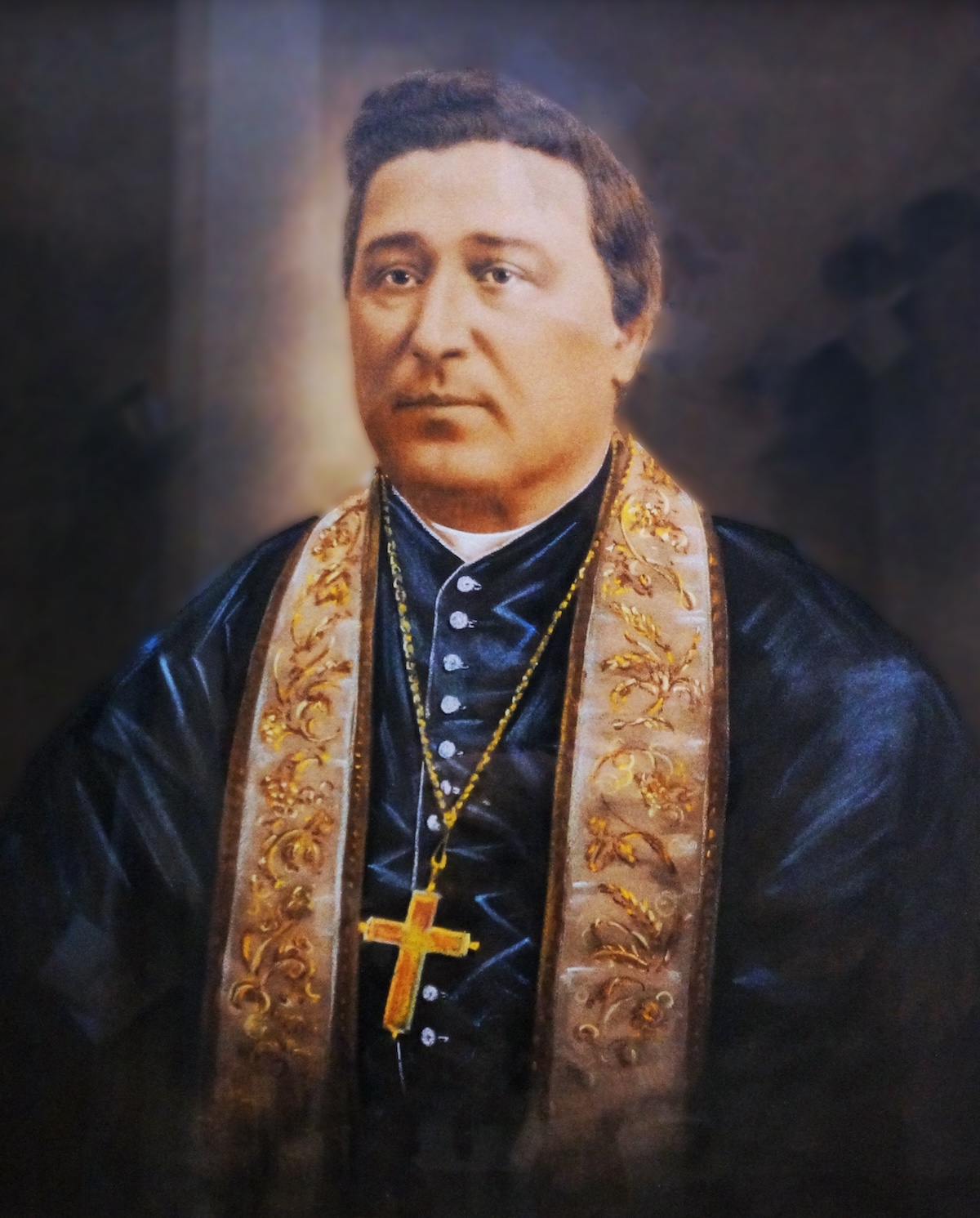
Father John Anthony Forest succeeded Bishop Neraz as third bishop of San Antonio. During his 15 years as bishop he built and expanded the diocese with flourishing religious congregations and educational institutions also grew. After Bishop Forest, Father John William Shaw was appointed as the fourth bishop of San Antonio. Bishop Shaw served for seven years and founded St. John’s Seminary, built an orphanage, and managed the church during the early part of the Mexican Revolution.
Father Arthur Drossaerts was named the fifth bishop and first archbishop of San Antonio on Dec. 8, 1918. On Aug. 3, 1926 the Church in San Antonio was raised to Metropolitan status for the province of five suffragan dioceses, elevating Bishop Drossaerts to archbishop.
Archbishop Drossaerts worked on the preservation of the Old Spanish Missions, continued a policy from Bishop Shaw of offering hospitality to refugees from religious persecution in Mexico during the revolution and guided the Church through the Great Depression until his death in 1940.
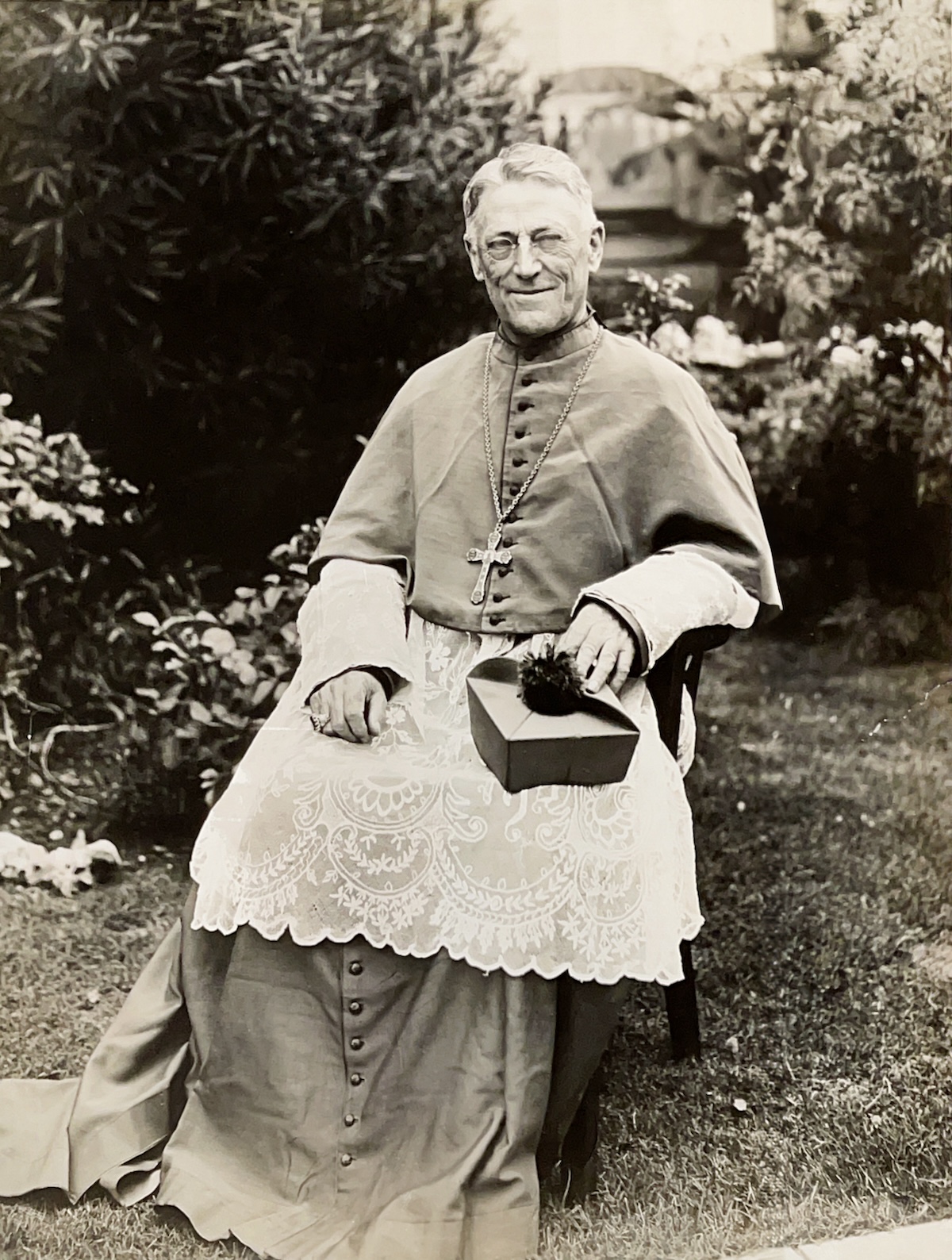
The second archbishop of San Antonio was Robert E. Lucey who was installed in San Fernando Cathedral on Jan. 24, 1941. Archbishop Lucey expanded the Church’s role in education and social welfare. He integrated the Catholic schools in 1954, promoted membership in unions and other organizations that advanced Hispanic people. He retired on June 4, 1969, after 28 years as archbishop.
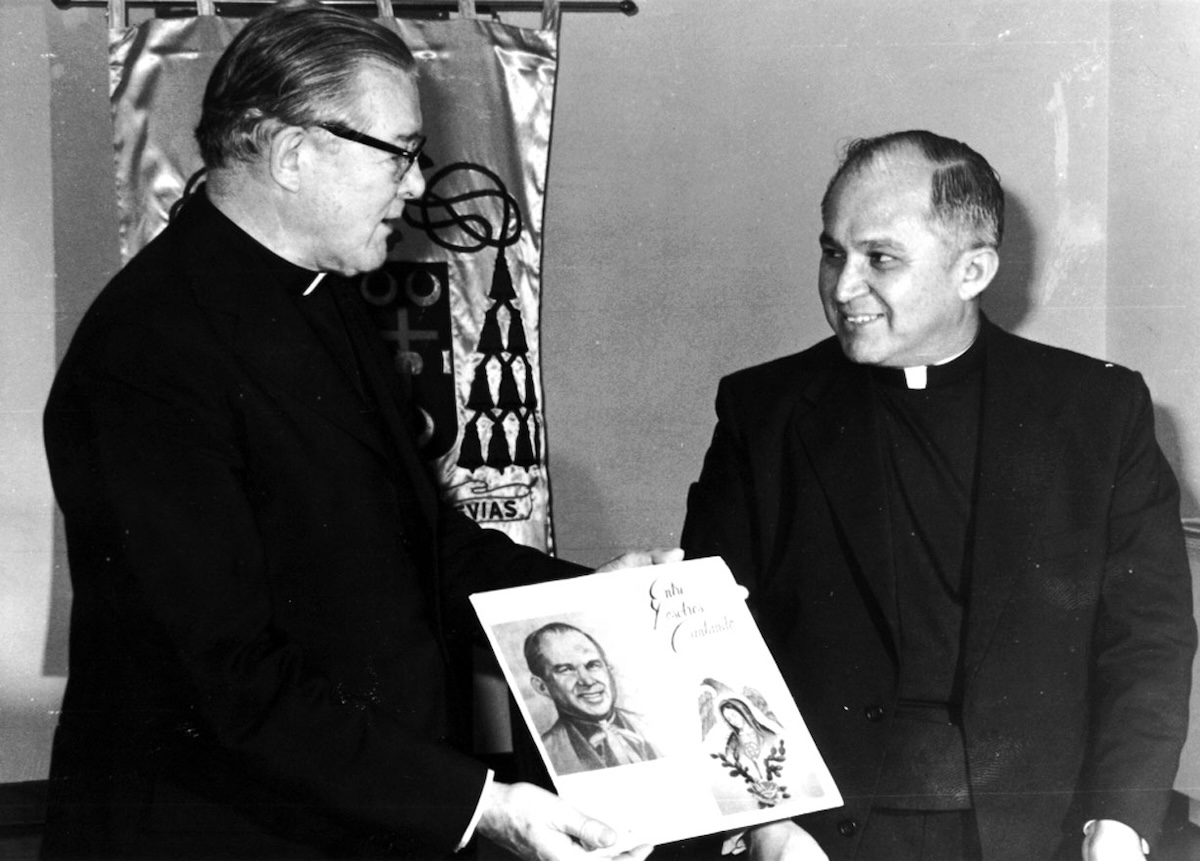
On Aug. 6, 1969, Francis J. Furey (left) became the third archbishop and became the first in the nation to be given the authority by the Holy See to designate laymen as extraordinary ministers of Holy Communion. The San Antonio Missions National Historical Park was established on Nov. 10, 1978, in partnership with the Texas Parks and Wildlife Department, the San Antonio Conservation Society, and the United States Department of the Interior. This collaborative venture was aimed at the preservation of the Missions.
First Mexican American bishop
Shortly after Archbishop Furey’s death in 1979, Bishop Patricio F. Flores of the Diocese of El Paso was named fourth archbishop of San Antonio. He had previously served for eight years as auxiliary bishop of San Antonio and when named to this position in 1970, was the first Mexican American bishop in the United States. One of his best-known accomplishments was having St. Pope John Paul II visit San Antonio in 1987. In 2004, Archbishop Flores retired and on December 29, Bishop José H. Gomez, auxiliary bishop of Denver, was named fifth archbishop of San Antonio. In 2006, San Fernando commemorated its 275th anniversary and Pope Benedict XVI proclaimed a jubilee year and in 2007, the archdiocese marked the 20th anniversary of the pope’s 1987 visit.
Archbishop Gomez had a strong commitment to Catholic education, and he created the Archbishop’s Medallion to honor one senior student from each of the Catholic High Schools, he also created the Catholic Community Foundation, Hope for the Future, and the reconstituting the Mexican American Cultural Center as the Mexican American Catholic College, reinvigorating its focus on the development of Hispanic ministers and ministry. The new residence hall at Assumption Seminary, Flores Hall, was built and dedicated as well along with a new residence for the Archbishop.
The sixth archbishop of San Antonio, Archbishop Gustavo García-Siller, MSpS, was installed on Nov. 23, 2010. He had previously served as auxiliary bishop in Chicago. After his installation, he visited each of the deaneries, celebrating Mass in each and spending time with the people. His early days were spent visiting parishes and getting to know his priests and people. In order to set the direction for the archdiocese, Archbishop Gustavo initiated a visioning process which lasted over a year and involved listening sessions all over the archdiocese. This process resulted in the articulation of the archdiocesan vision, priorities, and goals. Archbishop Gustavo is committed to working for unity in the archdiocese and on the first Saturday of each November, he convenes the Archdiocesan Assembly. Parishioners from all over the archdiocese gather for prayer, instruction, socializing and celebration of their Catholic faith. He has strengthened Catholic Charities and made it a major player in addressing the ongoing and pressing challenges presented by current emergencies which include immigration, human trafficking, human life, rising housing costs and overall poverty. In 2017, after more than 60 years, he launched a capital campaign, !On the Way — Andale!, to raise needed funds for future growth and development.
Archdiocesan Coat of Arms
The insignia of the Archdiocese of San Antonio shows the large cross of Christian Faith, its center enlarged and squared to receive the cross peculiar to St. Anthony, called by heralds the TAU cross because of its resemblance to the Greek letter of that name.
It is derived from the short crutch which the saint slipped under one arm to support his tired body during long vigils. Above the cross is the “Lone Star” of the State of Texas. Crowning the Shield is the Miter, the liturgical headdress worn by bishops as a symbol of their special dignity and prominence in the church.
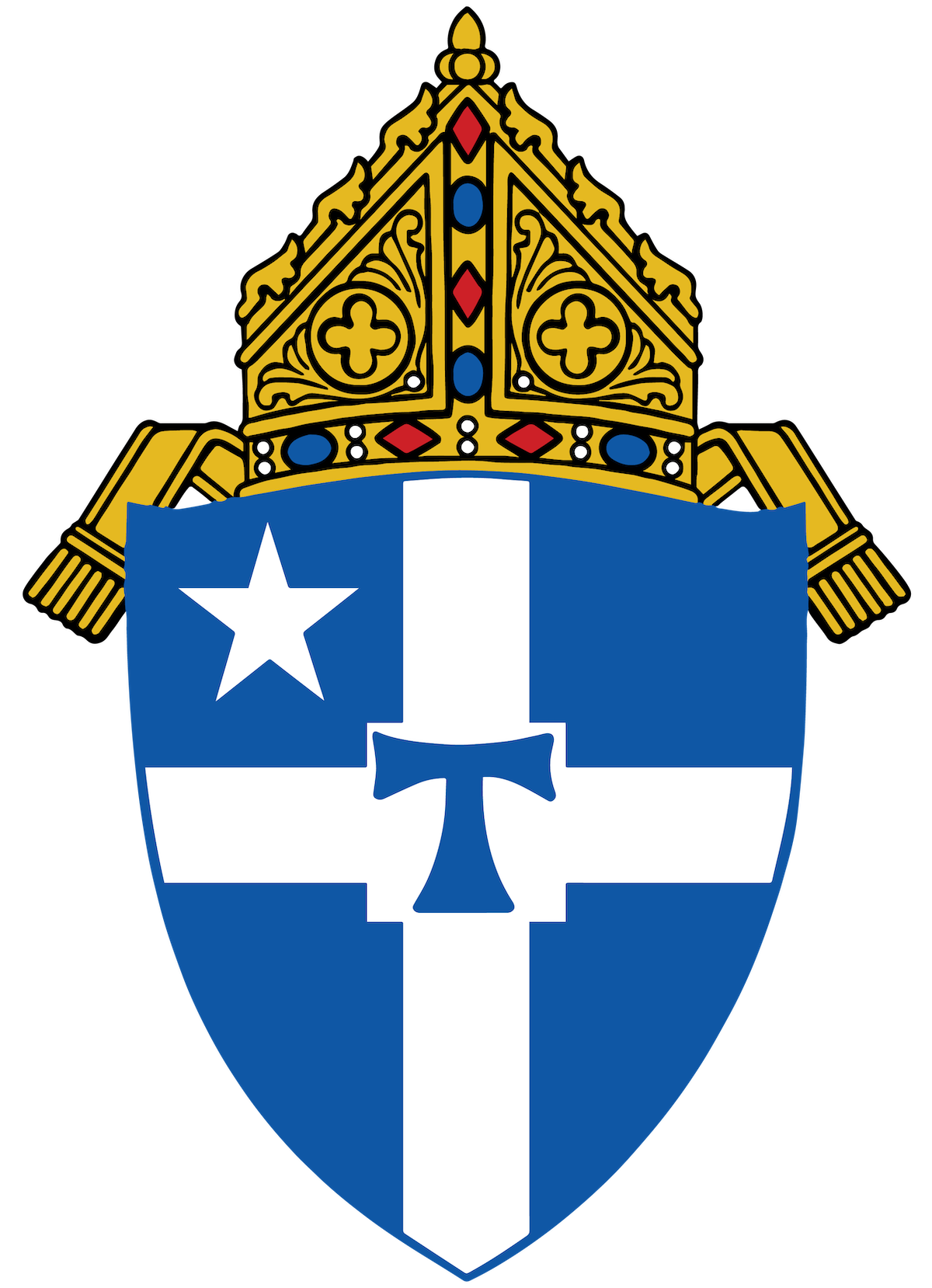
Bishops of the Archdiocese
Bishops and Archbishops
Jean Marie Odin, C.M., D.D., Bishop of Texas
Appointed Apostolic Vicar July 16, 1841 – May 21, 1847
Appointed Bishop of Galveston May 21, 1847 – February 15, 1861
Claude Marie Dubuis, D.D., Bishop of Texas
Appointed Bishop of Galveston October 21, 1862 – Retired December 4, 1891
Anthony Dominic Ambrose Pellicer, D.D., Bishop
Appointed September 1, 1874
Installed December 27, 1874 – Died April 14, 1880
John Claude Neraz, D.D., Bishop
Appointed February 18, 1881 – Died November 15, 1894
John Anthony Forest, D.D., Bishop
Appointed August 27, 1895 – Died March 11, 1911
John William Shaw, D.D., Bishop
Succeeded March 11, 1911 – January 25, 1918
Arthur Jerome Drossaerts, D.D., Bishop
Appointed July 18, 1918 – August 2, 1926
Arthur Jerome Drossaerts, D.D., Archbishop
Appointed August 3, 1926 – Died September 8, 1940
Robert Emmet Lucey, S.T.D., Archbishop
Appointed January 21, 1941 – Retired June 4, 1969
Francis James Furey, S.T.D., PhD, Archbishop
Appointed June 4, 1969 – Died April 23, 1979
Patrick Fernandez Flores, D.D., LLD, Archbishop
Appointed August 23, 1979
Installed October 13, 1979 – Retired December 29, 2004
Jose Horacio Gómez Velasco, S.T.D., Archbishop
Appointed December 29, 2004
Installed February 15, 2005 – April 6, 2010
Gustavo García-Siller, MSpS, D.D., Archbishop
Appointed October 14, 2010
Installed November 23, 2010 – Present
Auxiliary Bishops
Stephen Aloysius Leven, Auxiliary Bishop

December 7, 1955 – October 22, 1969
Patricio Fernandez Flores, Auxiliary Bishop

March 18, 1970 – April 4, 1978
Hugo Mark Gerbermann, M.M., Auxiliary Bishop
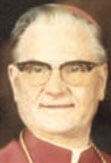
July 24, 1975 – Retired June 30, 1982
Raymundo Joseph Peña, Auxiliary Bishop
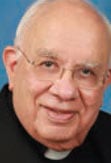
October 16, 1976 – April 29, 1980
Charles Victor Grahmann, Auxiliary Bishop
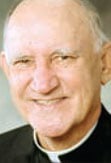
June 30, 1981 – April 13, 1982
Ricardo Ramirez, C.S.B., Auxiliary Bishop
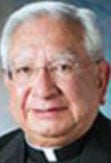
November 5, 1981 – August 17, 1982
Bernard Ferdinand Popp, Auxiliary Bishop

June 7, 1983 – Retired March 23, 1993
Edmond Carmody, Auxiliary Bishop
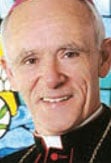
November 8, 1988 – March 24, 1992
Joseph Anthony Galante, Auxiliary Bishop
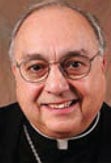
October 13, 1992 – April 5, 1994
John Walter Yanta, Auxiliary Bishop
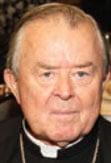
October 27, 1994 – January 21, 1997
Thomas Joseph Flanagan, Auxiliary Bishop

January 5, 1998 – Retired December 15, 2005
Patrick James Zurek, Auxiliary Bishop
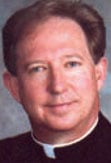
January 5, 1998 – January 3, 2008
Oscar Cantú, Auxiliary Bishop

April 10, 2008 – January 10, 2013
Michael Joseph Boulette, Auxiliary Bishop
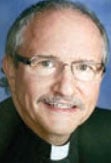
January 23, 2017 – Present
Gary Wayne Janak, Auxiliary Bishop
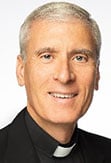
February 15, 2021, 2017 – Present
